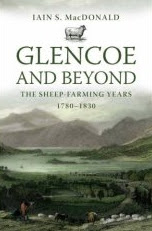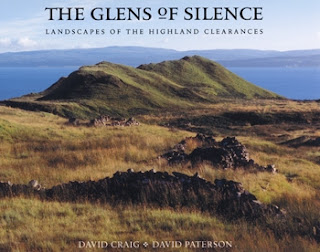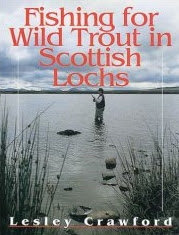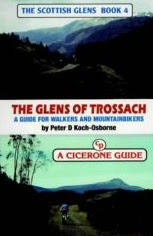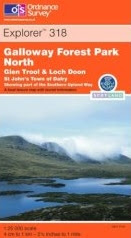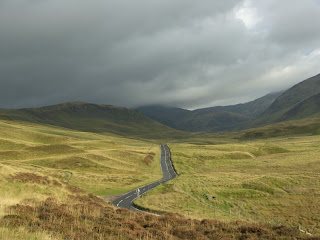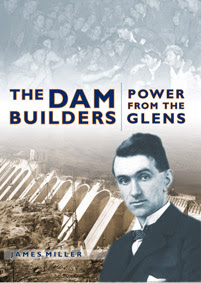
The Dambuilders: Power from the Glens. In the 30 years between the end of World War II and 1975, the construction schemes of the North of Scotland Hydro-Electric Board changed the face of the Highlands and brought electricity to almost the whole of the country north of the Highland Line. Nothing on such a scale had been attempted before, and the "schemes", as they were called, symbolized far more than huge devices for the generation of electricity. Fired by the idealism of Tom Johnston, the Board's founder, the schemes brought regeneration and hope. This book is a vivid account of the schemes and includes eyewitness stories from many of the workers, from dam builders, engineers, tunnel tigers, linemen, who made the electrification of the Highlands a reality and now, often for the first time, tell what it was like. The names of the schemes, Loch Sloy, Glen Shira, Tummel-Garry, the Conon Valley, Glen Affric, Strathfarrar-Kilmorack, Glenmoriston-Garry, Shin, Breadalbane, Ben Cruachan - are vivid in the memories of all who worked on them, in an epic of hard physical labour in a beautiful landscape. By the time the last scheme was opened in Foyers in 1975, the engineers commissioned by the Board had built some 50 major dams and power stations, almost 200 miles of tunnel, 400 miles of road and over 20,000 miles of power line. The Board had to overcome adverse weather and thrawn geology, as well as political opposition. At the peak of construction the workforce numbered around 12,000 and included men from Ireland and many parts of Europe as well as indigenous Scots. They are all proud of what they achieved.
The Dambuilders: Power from the Glens
.
